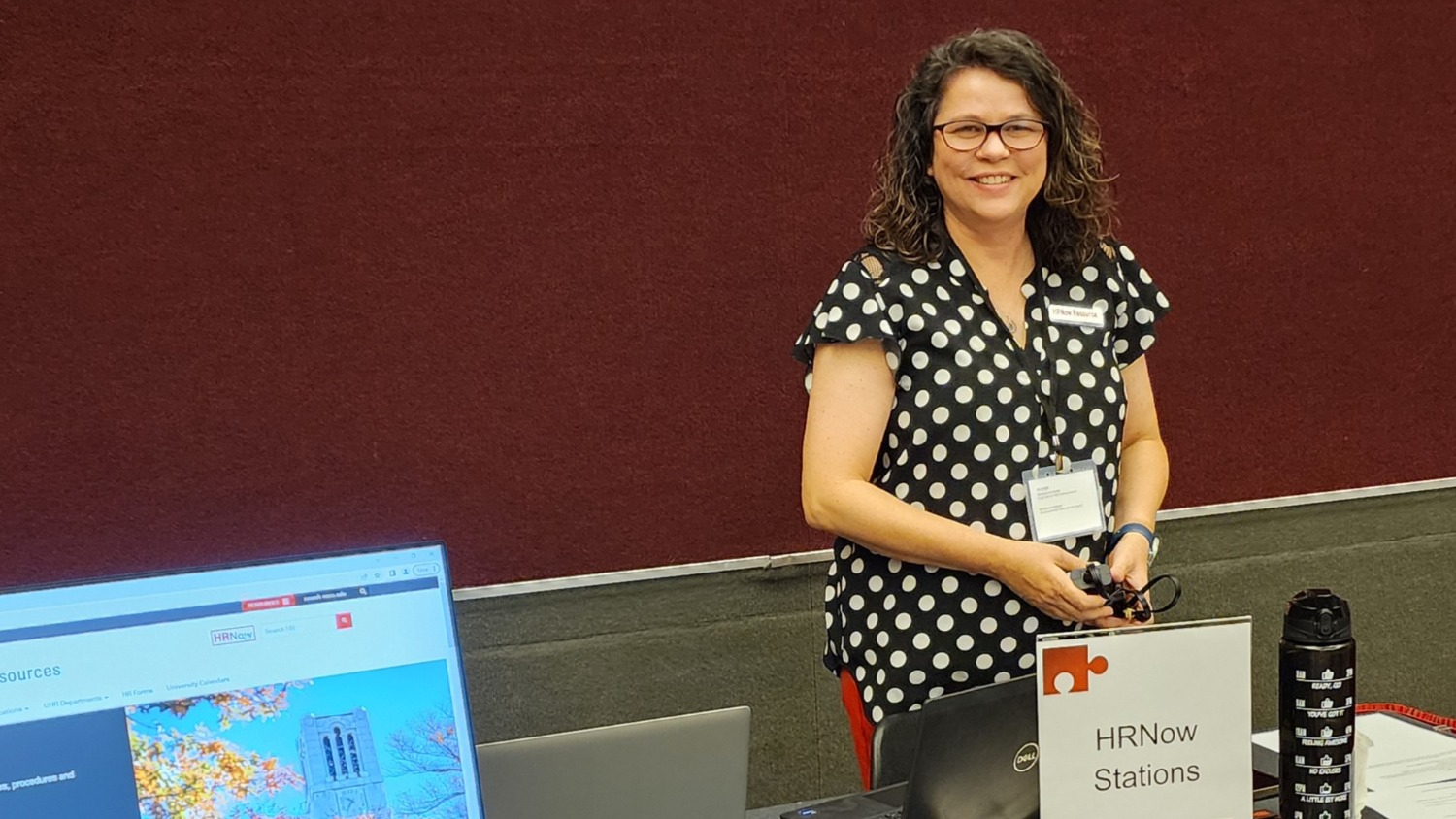Learning and Organizational Development has transitioned some of its courses from in-person instruction to an online video conferencing format.
L&OD changed its course delivery format to adhere to physical distancing guidelines that NC State is following as a result of the COVID-19 pandemic. Due to concerns about the spread of the novel coronavirus that causes COVID-19, most NC State employees have been teleworking since mid-March.
L&OD, a unit within University Human Resources, offers employees a variety of professional development and leadership courses. L&OD primarily offered its courses via in-person classes before the COVID-19 outbreak.
The L&OD team is now offering classes via Zoom, after team members spent time learning how to use the teleconferencing platform.
“We’re trying to do as much as we can, if not everything, online and through Zoom,” said Kevin Rice, director of L&OD. “We want to stay relevant, and we still want to offer services that are impactful to our faculty and staff.”
For L&OD’s training sessions to remain effective, Rice and his team have made sure to incorporate certain parts of their in-person training sessions into their online sessions. For example, Rice said, it’s important for participants to have robust discussions about course content in small groups or pairs. He said those discussions can happen via Zoom through an option that allows participants to be separated into groups and to talk in breakout “rooms.”
“It may not be exactly like in the classroom, but in a lot of cases, we think we will be able to simulate what we did in the classroom,” Rice said.
Stephanie Davis, assistant director of L&OD, recently conducted her first workshop via Zoom, with help from Kathy Woodford, a consultant in Employee Relations, another unit within UHR.
The workshop, Management Essentials, a one-day required course for NC State supervisors, lasts about six hours when offered in person. The course was pared down to three hours to make it more palatable for an online audience, Davis said.
Davis said she spent three to four days learning how to use Zoom and revising the course content, and she and Woodford also did a couple of run-throughs of the training.
Davis said she thought the actual session went well. During the training, Davis and Woodford divided the 25 participants into small groups and assigned them to breakout rooms, where they shared strategies and ideas as they would in a classroom setting.
“Zoom, in a lot of ways, allows you to emulate in-person training,” Davis said. “We want to remain relevant, obviously, so we’re just going to continue to conduct our training sessions online and do it in a way that makes sense.”
- Categories:



